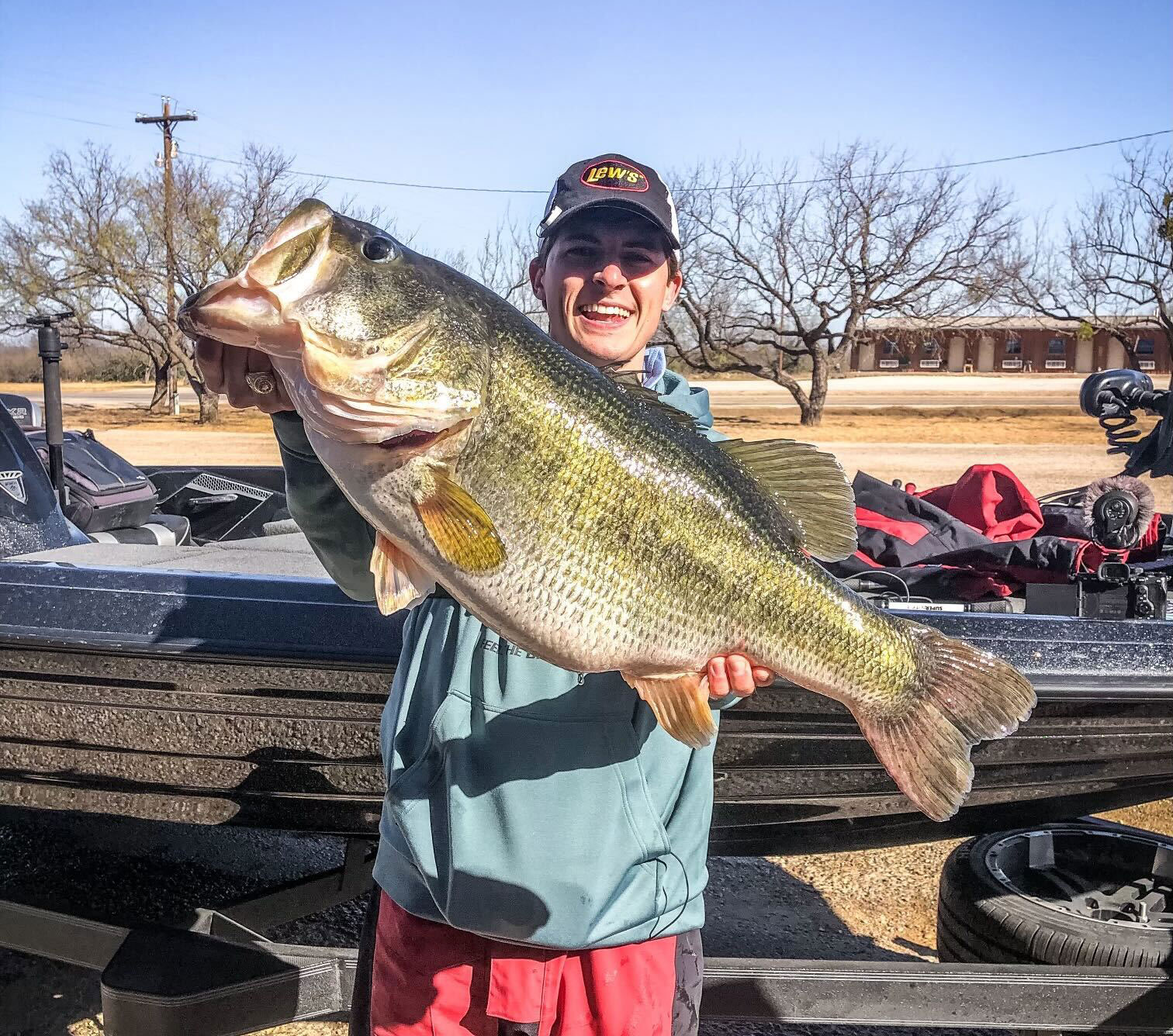The number of American anglers continues to steadily increase from pre-pandemic levels, with 52.4 million Americans reporting that they participated in recreational fishing in 2021, according to a new report from the Recreational Boating and Fishing Foundation (RBFF). That figure represents a 15 percent overall increase in angler participation since 2015.
Participation levels hit record highs in 2020 (with 54.7 million anglers). This was mainly due to the COVID-19 pandemic, which led to a nationwide increase in outdoor recreation. Although several fishing categories saw declines in participation compared to that record-high year, fishing overall remained higher than pre-pandemic totals, showing a positive trend for the future of recreational fishing in the United States. The RBFF issued its report after conducting a total of 18,000 online interviews from a nationwide sample. Here are some key takeaways from the report.
America’s Anglers Are Slowly Becoming More Diverse
The fishing industry, which has historically been dominated by white American men, has tried to increase diversity in recent years—especially as more people have continued to take up the sport since the pandemic.
“The growth of recreational fishing in 2020 was one of the few silver linings to come from the COVID-19 pandemic, and even as American life normalizes, we continue to see more new faces embracing the sport,” said RBFF CEO and President Dave Chanda in a press release.
The report indicates progress, but points out that the industry still has a long way to go. Roughly eight in ten anglers in 2021 were white, and most minorities are still underrepresented in recreational fishing. Black Americans and Asian Americans, for example, represented 8 percent and 3 percent of the overall angling community, respectively.
However, one demographic that continues to grow, according to the report, is Hispanic Americans. Although there was a slight decrease from the pandemic highs, which saw a record number of Hispanic American anglers, there were still 4.7 million Hispanic Americans who fished in 2021, which represents a 7 percent increase since 2019.
More Women Are Hitting the Water
The report found that 37 percent of all participating anglers were female, which is the highest level on record. Roughly 19.4 million women went fishing in 2021, which means there were 3.8 million more female anglers in 2021 than there were in 2011. There was also growth in the number of younger female participants between the ages of six and 12.
Kids Are Into Fishing

The report found that 7.9 million children, ages six to 12, went fishing in 2021. This number is consistent with the growth in youth participation that the RBFF has tracked over the past few years. It also bodes well for angler-led conservation efforts in the future. This is because more fishing licenses translates to more conservation dollars, and because identifying as an angler makes someone more likely to support fisheries conservation in general. (Check out a photo essay on the future of bass fishing here). Roughly 86 percent of all anglers in the survey indicated they were introduced to fishing before the age of 12, which shows the importance of getting anglers started at a young age.
The report points out that households with children were more likely to go fishing than those without children. In 2021, 21 percent of households with children ages one to 17 went fishing, as opposed to 14 percent of households without children.
There are Fewer Hardcore Anglers
The major declining trend across the board continues to be the level of angler commitment. Over the past 15 years, anglers have been less likely to participate in the sport on a regular basis. Only 5.4 percent of anglers reported fishing at least once a week in 2021, which is down from nine percent in 2007. Over two-thirds of anglers surveyed said they went fishing only one to 11 times in 2021, an average of less than once per month.
Although levels of commitment are trending down, a large number of participants indicated they would like to fish more often, including 31 percent of occasional anglers and 18 percent of avid anglers. Importantly, 99 percent of anglers surveyed in 2021 said they plan to continue fishing this year.
Freshwater Fishing is King
Nearly 41 million Americans from age 6 and up fished in freshwater in 2021. This represents almost 8 in 10 total participants. There were 13.8 million saltwater anglers in 2021, which is a 5 percent decline from 2020, and the number of outings dropped by 8 percent. However, saltwater fishing participation is still up compared to 2019, according to the report.
Fishing Pressure Remains a Concern
Many fisheries managers have indicated that the growth in fishing participation across the country is a good thing for the sport overall. However, there are some concerns about how a growing number of anglers might affect fish populations.
Last summer, Christine Peterson reported on the effects of increased fishing participation during the pandemic, and how managers were handling the growing pressure. Several individuals expressed concern over the ability of natural systems to handle the increased activity, especially with other issues severely affecting fish populations, including climate change, habitat loss, and drought.
Based on the takeaways from the RBFF report, fisheries managers will have to continue solving for these issues and finding ways to allow more access without hurting the resource. Because if the national fishing trends continue, there will only be more and more people on the water in the years to come.
